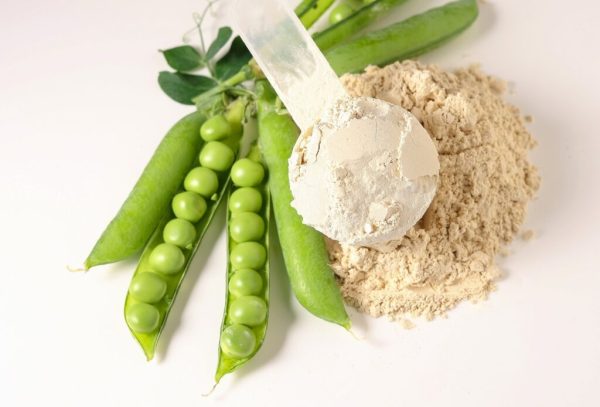
Peas are an important leguminous crop with a global annual output of approximately 13.5 million tons and are currently grown in more than 90 countries. Protein from peas is considered an emerging plant protein resource in the food industry due to its high nutritional value, low cost, hypoallergenic and non-GMO status. The amino acid composition of pea protein is relatively balanced. The lysine content of this protein is higher than that of grain protein, but the content of sulfur-containing amino acids is relatively low. Pea protein is easily denatured by heat during processing, resulting in poor solubility, and natural pea protein has poor emulsification and foaming properties, which limits its application in the food industry.
At present, modification methods such as physical, chemical, enzymatic or collaborative processing are common technical means to solve the problem of limited protein application. The mechanism of action is to improve the functional properties of pea protein by changing its intrinsic structure.
Current research has found that the coordinated use of several modification methods has a better effect on improving the functional properties of pea protein and can reduce the defects of a single modification method. Research shows that extrusion treatment, as a physical method, can use heat, pressure and shear force to unfold, aggregate and rearrange proteins; phosphorylation treatment, as a chemical modification, can introduce negatively charged phosphate groups, Enhance the electrostatic repulsion between proteins and change the protein spatial structure. The two modification methods of extrusion treatment and phosphorylation treatment have a significant impact on the protein structure when used alone. However, there are currently few reports on the use of extrusion and phosphorylation to modify pea protein.
Extrusion treatment, phosphorylation treatment, and extrusion synergistic phosphorylation treatment all effectively changed the structural properties and functional properties of pea protein. Comprehensive comparison showed that extrusion synergistic phosphorylation treatment had a more obvious impact on the physical and chemical properties of pea protein. Through infrared spectroscopy, SDS-PAGE and other protein structure analysis of three kinds of modified pea proteins, it was found that the secondary structure of pea protein changed, the β-sheet content increased, the β-turn content decreased; the free sulfhydryl content decreased, and the disulfide bond content increased; The subunit composition changes, the content of legumin A and legumin B decreases; the surface hydrophobicity increases. The functional properties analysis results of three kinds of modified pea proteins show that phosphorylation treatment, extrusion and synergistic phosphorylation treatment can improve the solubility of pea protein, while extrusion treatment reduces its solubility; peas after three kinds of modification treatments The oil retention, emulsifying activity and emulsifying stability of the protein are improved, but in terms of these functional properties, the improvement effect of single extrusion treatment and phosphorylation treatment is not as good as extrusion combined with phosphorylation treatment. This study shows that extrusion combined with phosphorylation treatment can improve the processing characteristics of pea protein, increase the added value of pea protein products, and thus expand the application scope of pea protein in the food industry.
